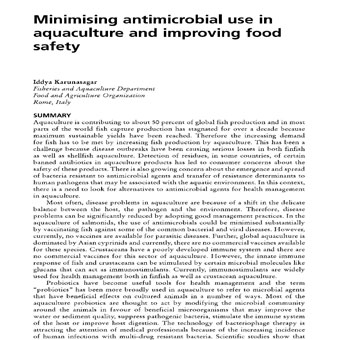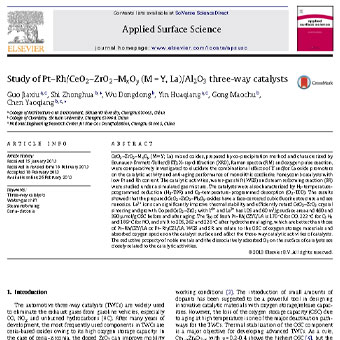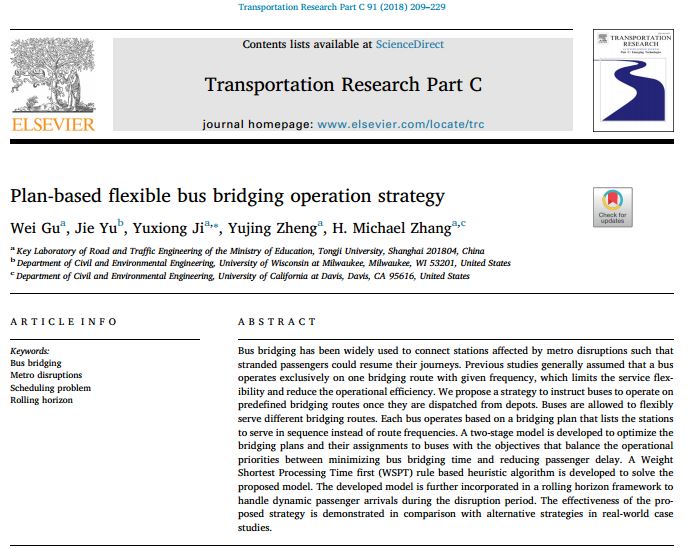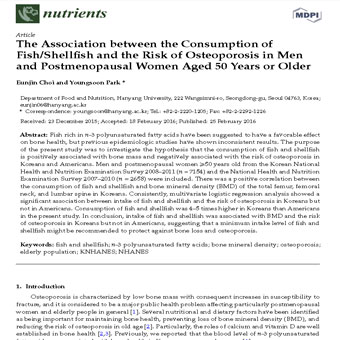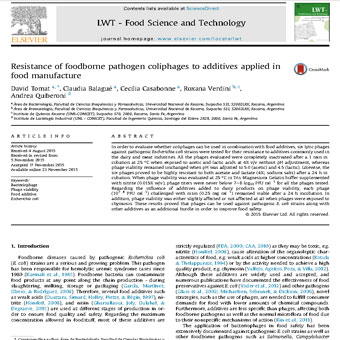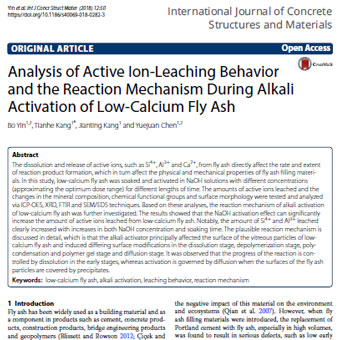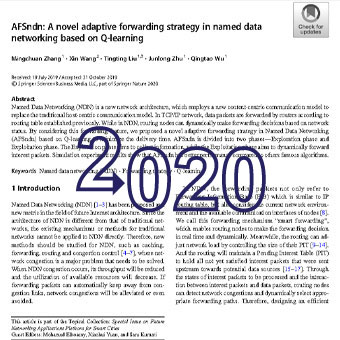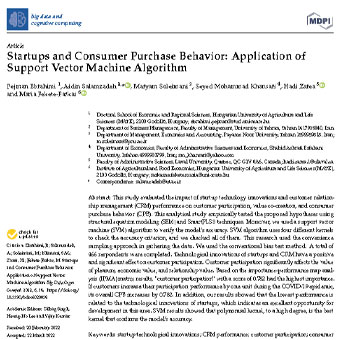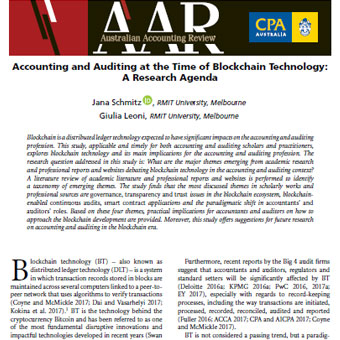عنوان فارسی مقاله:کاهش استفاده ضد میکروبی در تکثیر و پرورش آبزیان و بهبود ایمنی غذایی
چکیده
تکثیر و پرورش آبزیان در تولید بیش از ۵۰ درصد ماهیان دنیا نقش دارد و در بسیاری از بخشهای جهان، تولید ماهی به مدت بیش از یک دهه راکد باقی مانده است زیرا حداکثر تولید پایدار حاصل شده است. از این روی، افزایش تقاضا برای ماهی بایستی مطابق با افزایش تولید ماهی از طریق تکثیر و پرورش آبزیان باشد. این خود به صورت یک چالش باقی مانده است زیرا شیوع بیماری موجب ضرر و زیانهای جدی هم در تکثیر و پرورش ماهیان باله و هم صدفها (نرم تنان) شده است. هم چنین نگرانی روز افزونی در مورد ظهور و گسترش باکتریهای مقاوم به عوامل ضد میکروبی و انتقال عوامل مقاومت به پاتوژن های انسانی که ممکن است مربوط به محیط آبی باشد وجود دارد. در این رابطه، نیاز مبرمی به جست و جوی عوامل ضد میکروبی برای مدیریت بهداشت در تکثیر و پرورش ابزیان وجود دارد(پرورش آبزیان و بهبود ایمنی غذایی).
- لینک دانلود فایل بلافاصله بعد از پرداخت وجه به نمایش در خواهد آمد.
- همچنین لینک دانلود به ایمیل شما ارسال خواهد شد به همین دلیل ایمیل خود را به دقت وارد نمایید.
- ممکن است ایمیل ارسالی به پوشه اسپم یا Bulk ایمیل شما ارسال شده باشد.
- در صورتی که به هر دلیلی موفق به دانلود فایل مورد نظر نشدید با ما تماس بگیرید.
 متن به فارسی | ترجمه مقالات و متون علمی | ترجمه و دانلود مقالات و انواع متون علمی و ادبی و پذیرش سفارش ترجمه
متن به فارسی | ترجمه مقالات و متون علمی | ترجمه و دانلود مقالات و انواع متون علمی و ادبی و پذیرش سفارش ترجمه
